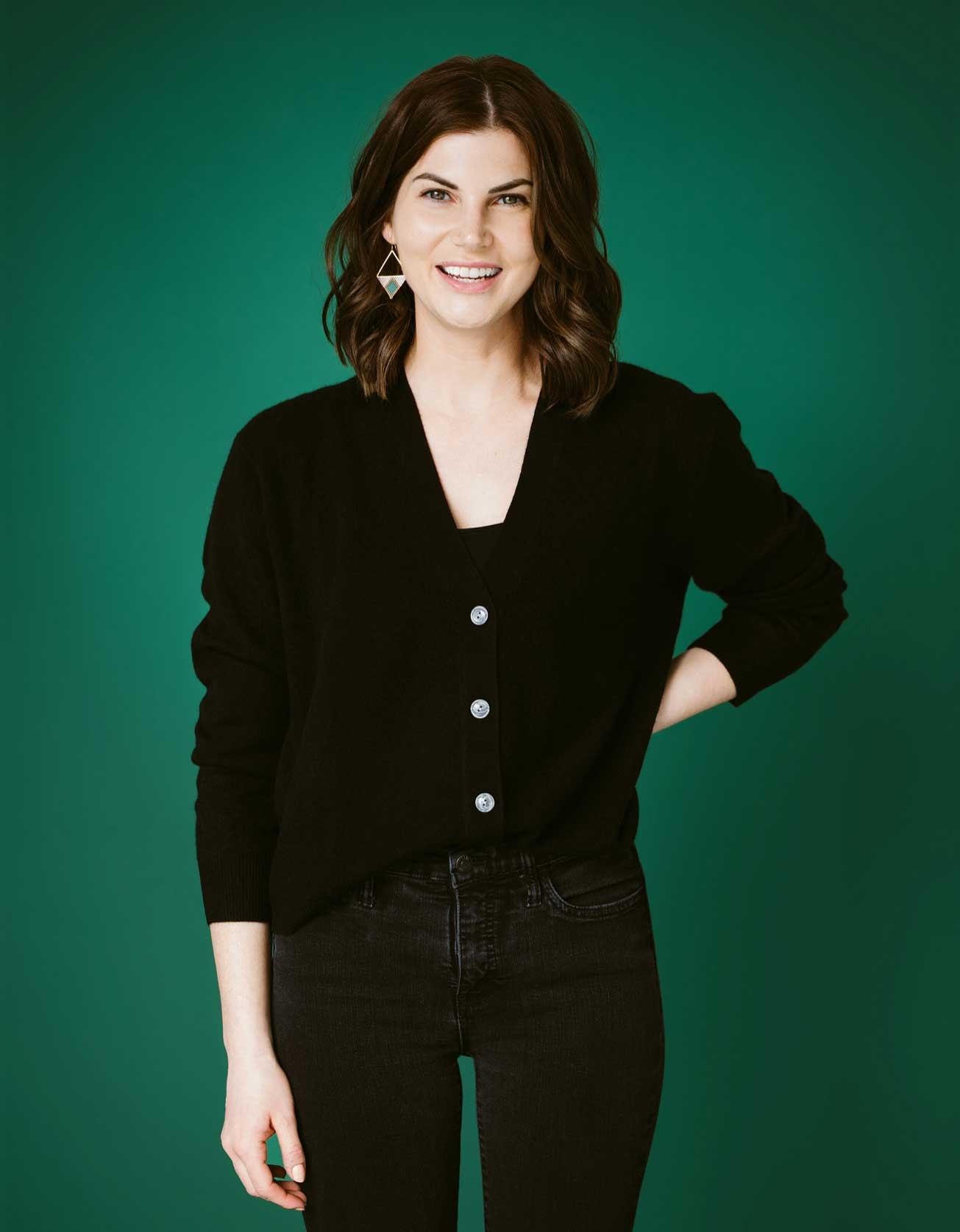We were lucky to catch up with Rachel Moser recently and have shared our conversation below.
As always, we appreciate you sharing your insights and we’ve got a few more questions for you, but before we get to all of that can you take a minute to introduce yourself and give our readers some of your background and context?
I am an audio-visual artist based in Kentucky, specializing in immersive environments through multimedia. My artistic endeavors began in childhood during nature walks in my small Iowa hometown neighborhood. Alongside my mother, we would collect “treasures” like acorns, leaves, and twigs to take home for art projects and displays. My inclination for crafting led me to repurpose items that were being discarded or recycled, such as toilet paper rolls, cereal boxes, and pop tops.
I was a ballet dancer in high school, which I later pursued professionally in Seattle, Washington. However, an injury caused me to rethink my path. A pivotal experience was going to Cécile B. Evans’ art installation in Berlin, which profoundly altered my artistic direction—the immersive combination of sculpture, sound, video, and 2D works. The theatricality, strategic lighting, and interactive involvement of the viewer captivated me. This experience harmonized my interests in dance, theater, and visual art, marking the start of my current practice.
In my work, I delve into themes of nature and its transient transformations, often emphasizing ecological concerns. My inspiration comes from fieldwork in diverse and geophysically distinct environments, from rivers and ice fields to oceans and forests. My art features various materials, from artificial or manufactured to organic, and I frequently utilize found or discarded items. My affinity for experimental materials plays a significant role in my work, underscoring the intricate link between art, nature, and environmental awareness.
I am incredibly proud of receiving the Kentucky State Fellowship Award from South Arts for my latest body of work titled “Where It Used to Be Blue.” This recognition has been a significant source of encouragement, affirming the value of my work. The South Arts State Fellowship selects nine artists from nine Southern states for recognition. Being chosen as one of these recipients has been an incredibly uplifting experience.

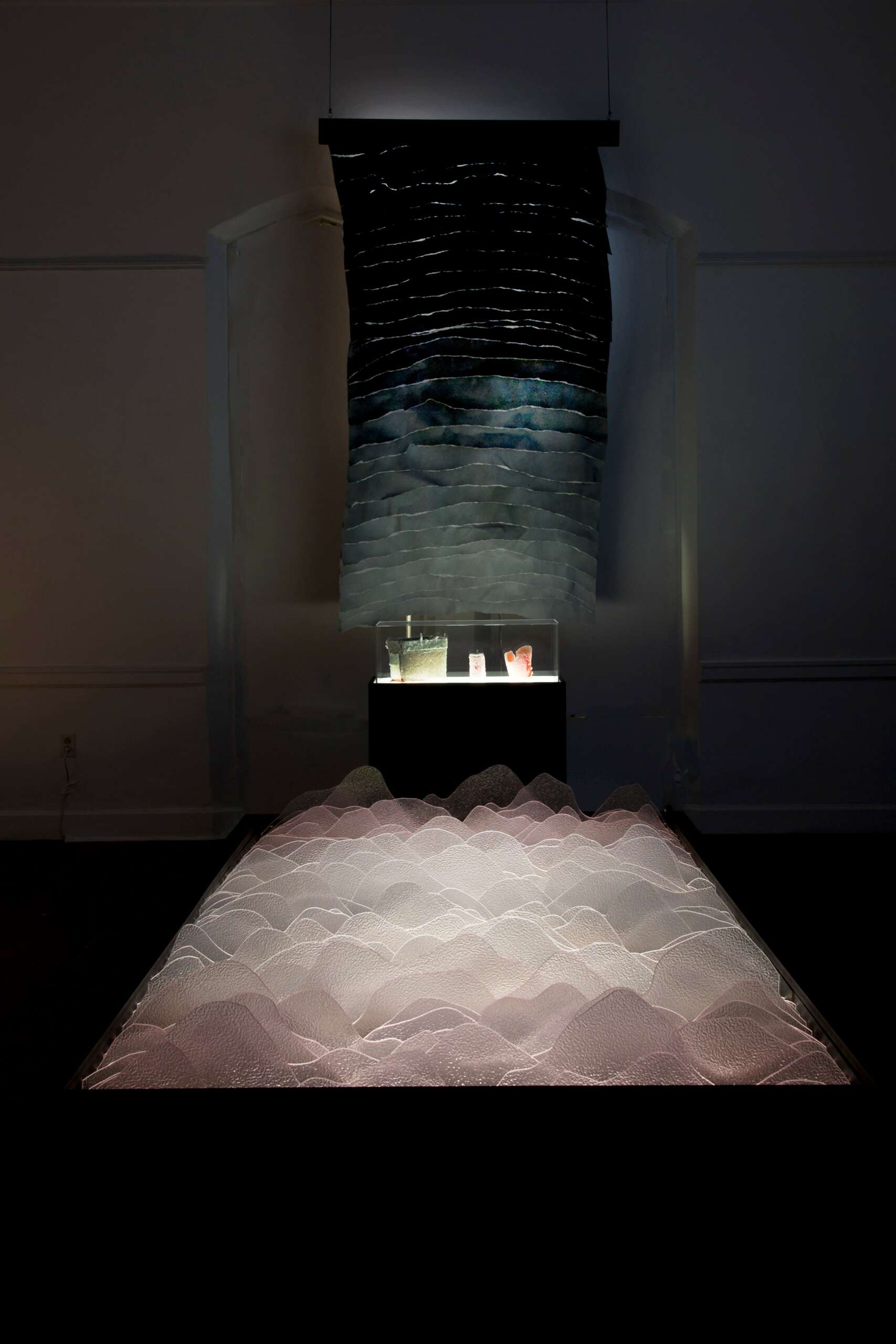
Is there something you think non-creatives will struggle to understand about your journey as a creative?
I often encounter the question, “Why don’t you create smaller pieces that could hang on a wall, something that someone might want to buy for their home?” Truthfully, I find myself at a loss for words when asked this. Although I’ve attempted to venture into creating more conventional, marketable art pieces within the confines of my studio, my work and process invariably lead me back to large-scale installations. I don’t design my art for purchase; I craft it for experience. This concept can be challenging for some to grasp, as the intent and essence of my work diverge from traditional expectations.
My approach to art is fundamentally process-based, meaning the outcome of an installation often remains to be discovered once I engage with the designated space or environment for the piece. This aspect of being an installation artist comes with challenges, notably the financial investment required to bring these visions to life, often at personal expense. However, I’ve been fortunate to secure grants and funding for specific projects, and opportunities to travel for research have been invaluable. Such support is crucial for artists like myself, whose creations don’t necessarily fit into the commodifiable art paradigm.
My explorations often involve experimental materials, leading to outcomes that can be as unpredictably successful as failures. Nonetheless, the financial backing I’ve received is instrumental in sustaining my creative process, enabling me to continue pushing the boundaries of material and conceptual artistry.
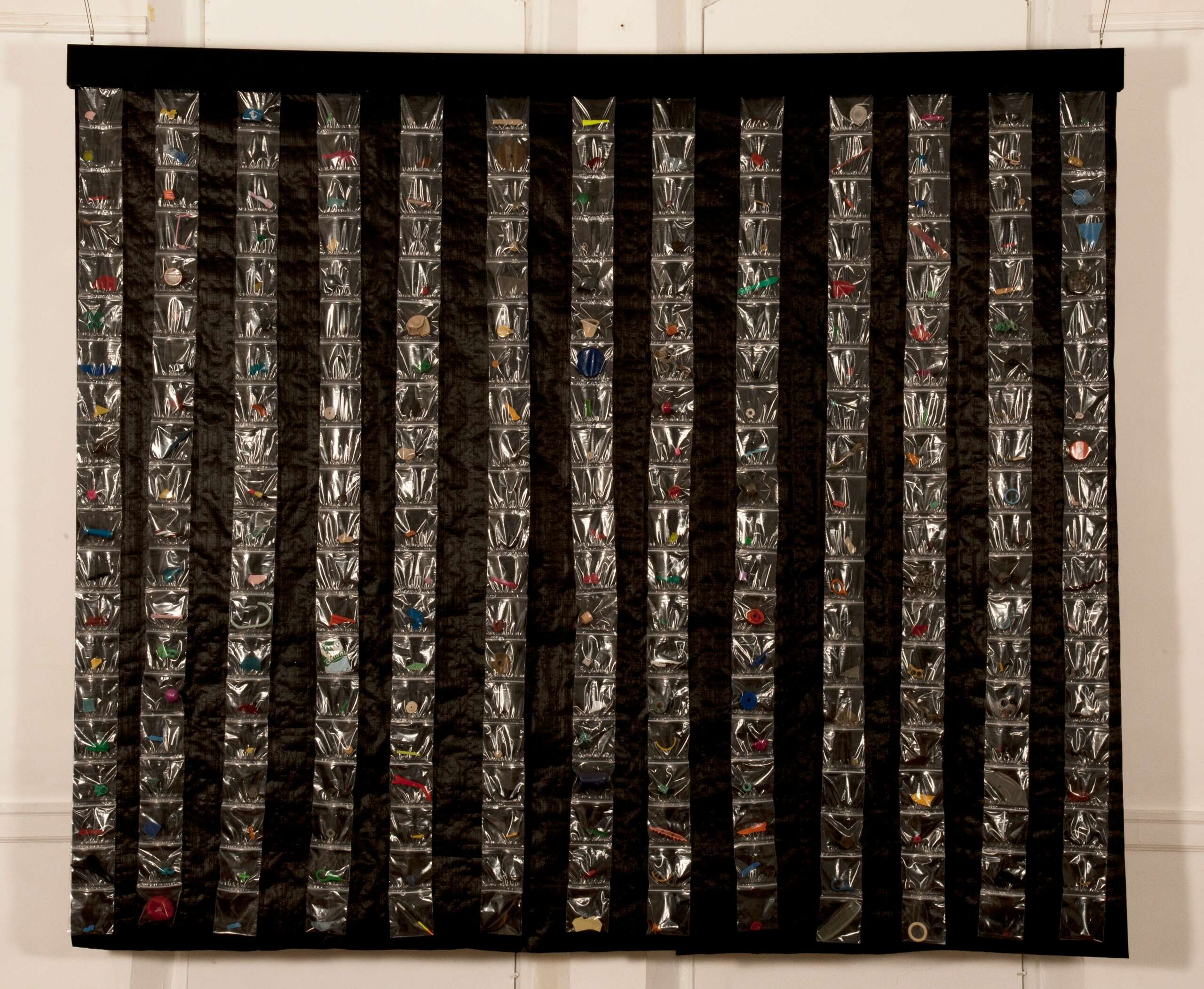

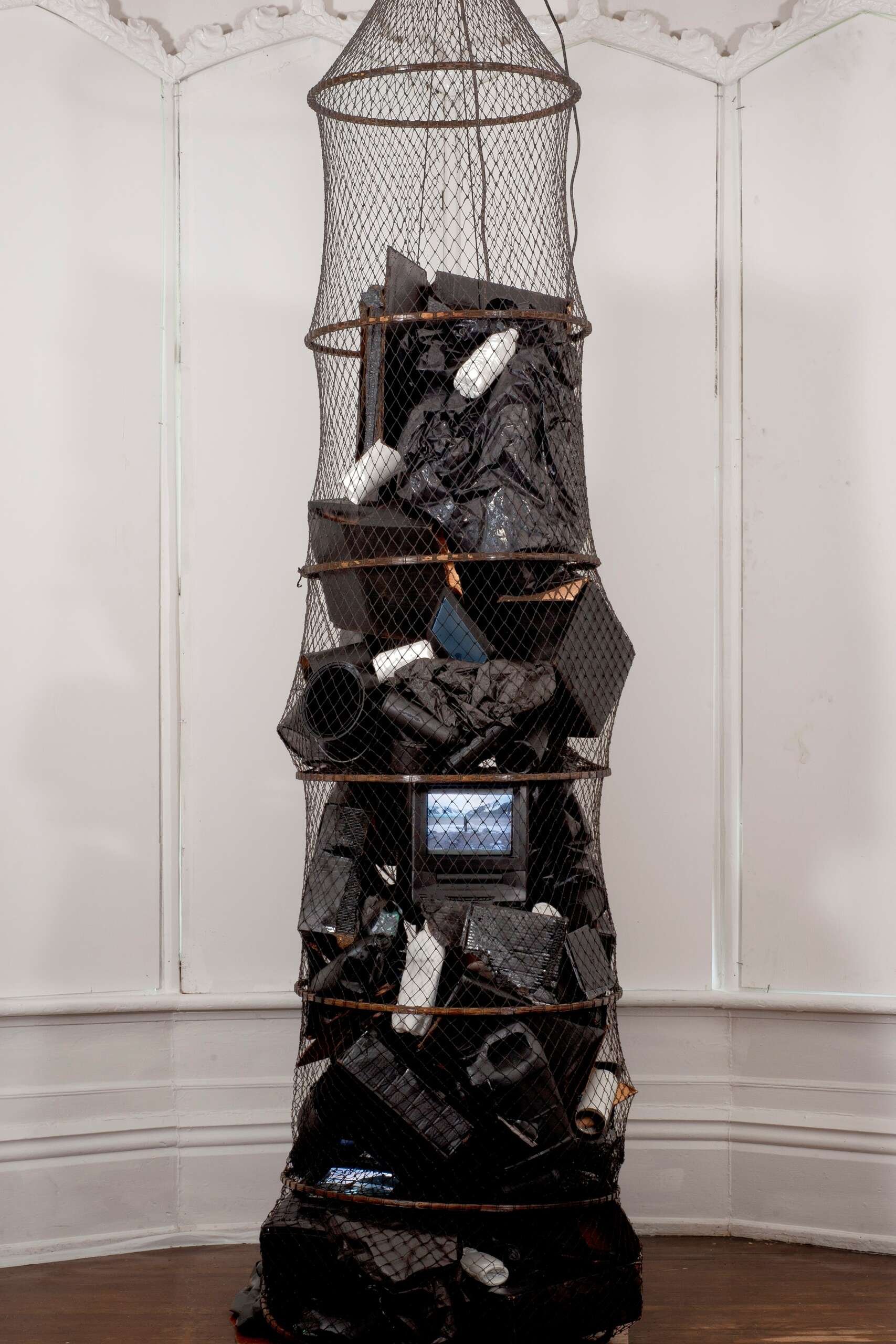
Are there any resources you wish you knew about earlier in your creative journey?
Looking back, the foremost insight I wish I had grasped sooner is the value of being open to asking for help. My initial mindset leaned heavily towards self-reliance, believing I should tackle everything independently. However, when I began to welcome others’ support—whether it was assistance in constructing parts of my installations or receiving feedback on works in progress—I realized that this openness led to new opportunities unfolding.
Another crucial realization was acknowledging my worth. I often hesitated to apply for opportunities, thinking, “I’m not qualified for that,” or “I’m not a ‘real’ artist; such opportunities are for ‘real’ artists.” Understanding the power of positive self-talk has been a significant turning point for me. Although I still face days filled with doubt and imposter syndrome, I strive to maintain a positive dialogue about myself and my art practice.
Additionally, I’ve learned to focus on something other than whether my work fits the traditional definition of art. The most liberating approach is simply creating what I’m compelled to make without worrying about its categorization as art. This perspective has encouraged me to pursue my work more freely and confidently.
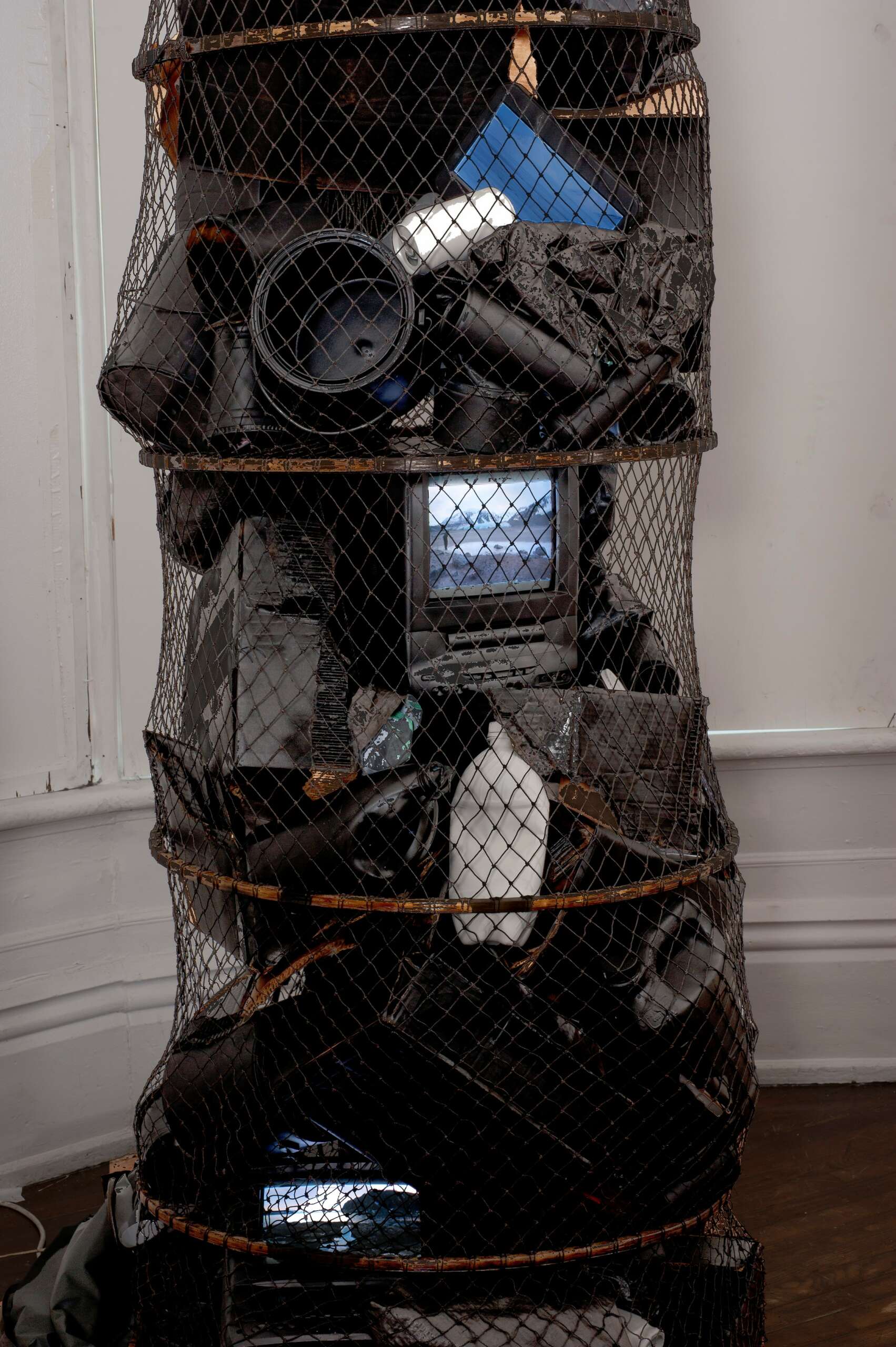
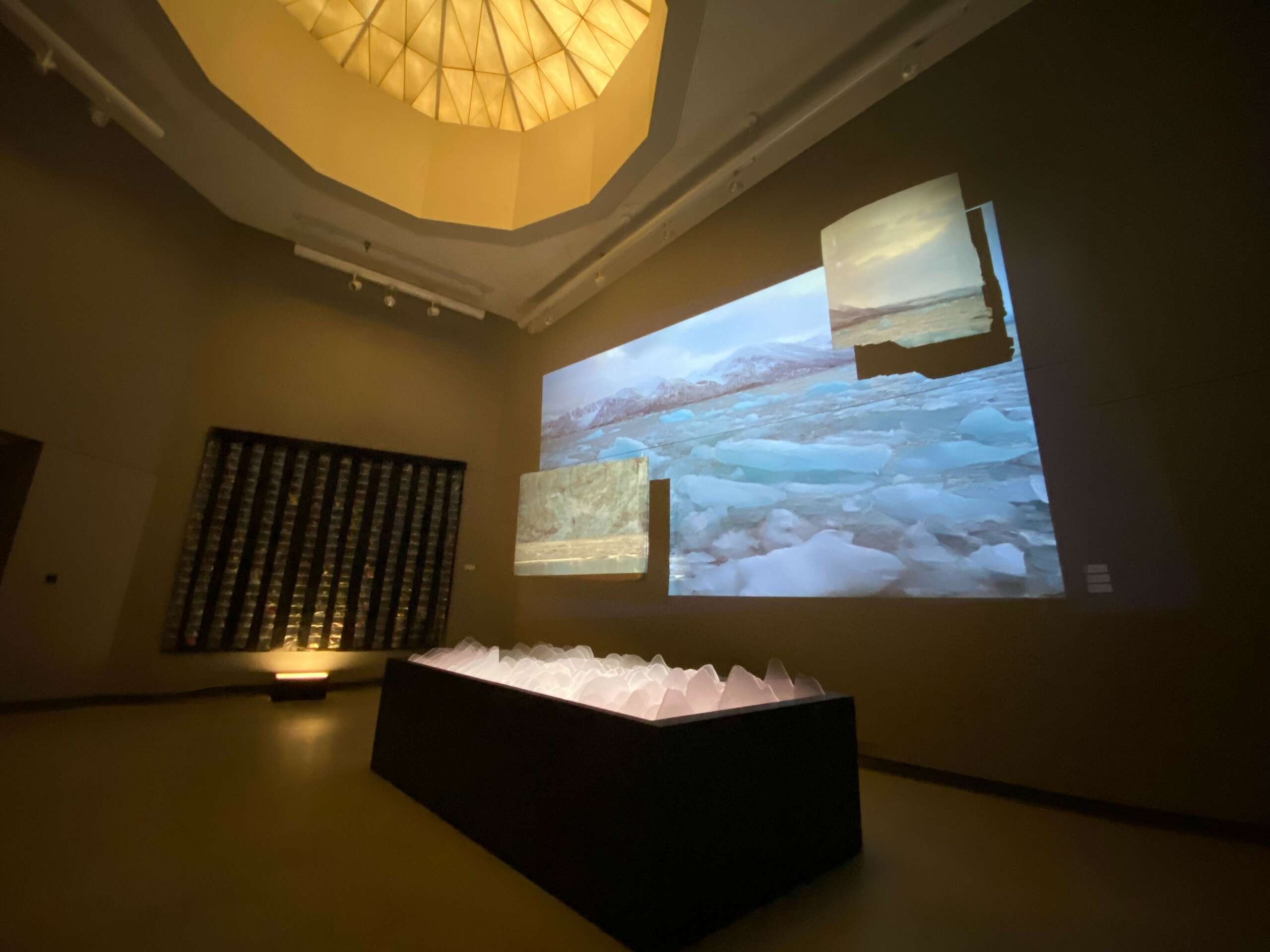
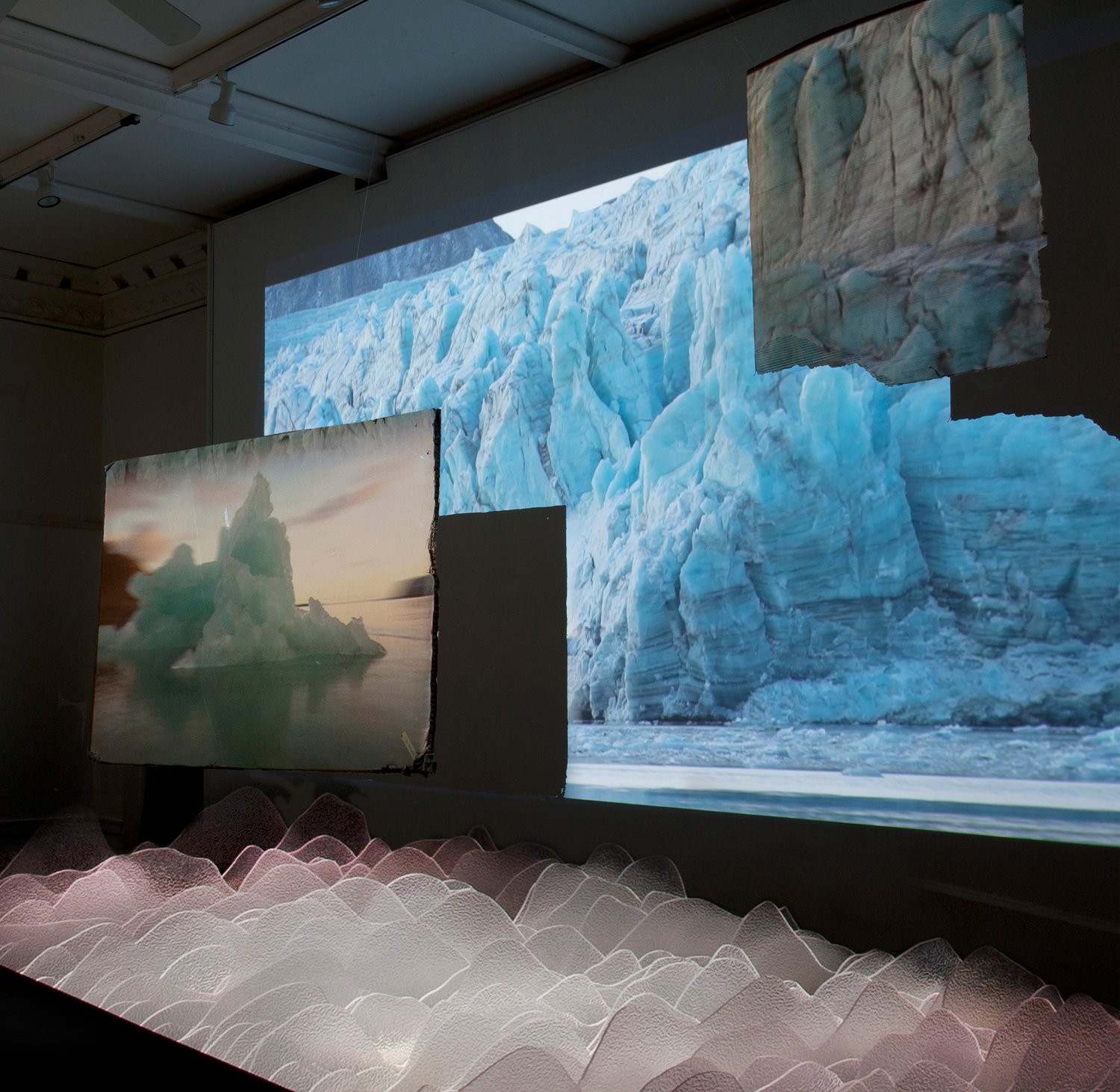
Contact Info:
- Website: www.rjwmoser.com
- Instagram: rjwmoser
Image Credits
Portrait by Mothwing Photography Artwork photography by Mary Rezny


